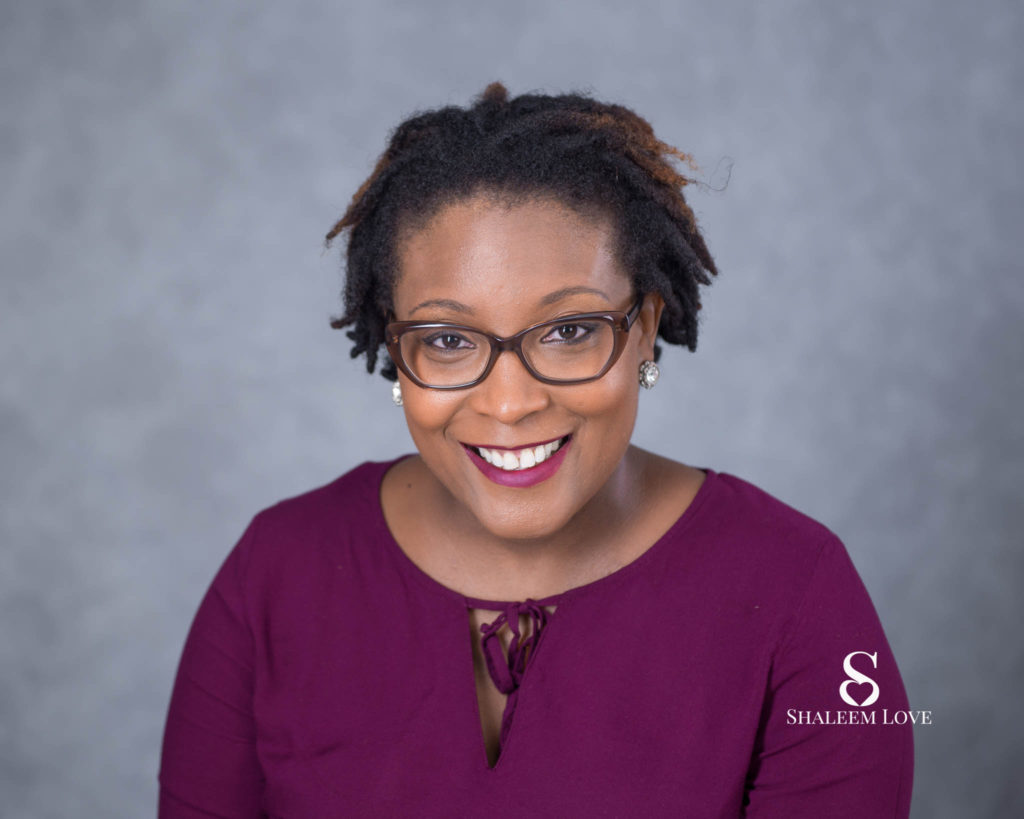Guest post by Ashleigh Kinsey, owner, AK Design
On April 11, 2018, ACE had a Creative Economy event with the subject “Open Forum: Diversity in the Creative Economy.”
The purpose of this meeting was to engage members of the community and have a conversation about diversity in upstate New York’s Creative Economy. Although this is the fourth largest employment sector, providing over 35,000 jobs to Capital Region residents, there is an issue with diversity. U.S. Census data reports that in July 2016, 76.9% of those who took the census reported they identified as white alone, with 13.3% identifying as Black alone.
As a lifelong resident of Troy and Albany NY, I can tell you those numbers seemed accurate when I was in grade school, but in 2016 I personally saw much more diversity. And in 2018, my daughter attends an elementary school with students from all over the globe, in a predominantly non-white classroom. I would love to take the time to sit with my daughter one day to really research our family history – we might visit here for starters and take a look at old census records to see what that can tell us. I want her to only be proud of who she is and where she comes from.
Although there are many groups and organizations in the Capital Region that cater to Creative Industries, they are quite separate culturally. Organizations like ACE and Power Breakfast Club have been instrumental in providing ways to bridge the gap and truly work towards a greater, more inclusive creative economy. However, nationally recognized organizations, of which I had a membership, did not make me feel welcome as a woman of color.
The Open Forum, moderated by Ada Harper of 518blk.com, had 5 panelists:
- DJ Trumaster, Founder of Beat Shot Productions,
- Dale Davidson, Owner of Umana Restaurant and Wine Bar,
- Bhawin Suchak, Executive Director of Youth FX,
- Hana van der Kolk, Troy-based touring Choreographer and Performance Artist,
- and myself, Ashleigh Kinsey, Owner of AK Design, Digital Media Services and Consulting.
Panelists shared their experiences in the Creative Economy, and the successes and struggles they have overcome to get where they are today. Many of the stories shared were successes that have come out of the need to create something for others like themselves, as many times they were the ones being left without a seat at the table. The conversation went on. How do we create a truly inclusive environment for creatives of any race, culture, gender, etc. to come together and share their gifts and voices in a way that benefits the entire community?
After a formal discussion, the audience asked their questions of the panel, and many were of the same common thread. What do we need to do? How do we do it? What would the next step be? Organizations need to be more inclusive and not just plan a diversity event, but make diversity a part of the planning for every event.
One of my suggestions was to create a community within ACE that would provide a digital Rolodex of sorts, and include the freelancers and professionals involved with ACE between event times. A network where these creatives could share their ideas and collaborate with one another. ACE networking events have been a wonderful resource for me as a creative to meet other creative folks and has lit a fire in me when it comes to creating change in my community. I appreciate the event, and the opportunity to share my thought on it. I certainly hope this conversation does not die as mere words and ideas, but lives and thrives on the energy it has been given to make the Capital Region one of the most diverse, and creative regions in the country.
If any part of this article has stirred you, feel free to write to me by clicking here. I encourage you to take action and get involved with ACE and your Creative Economy. For other events and more information, visit https://www.upstatecreative.org/.
This is a guest post contributed by a member of the ACE community. Guest posts do not necessarily reflect the views or represent official statements from ACE or ACE partners.[/cs_text][/cs_column][/cs_row][/cs_section][/cs_content]
